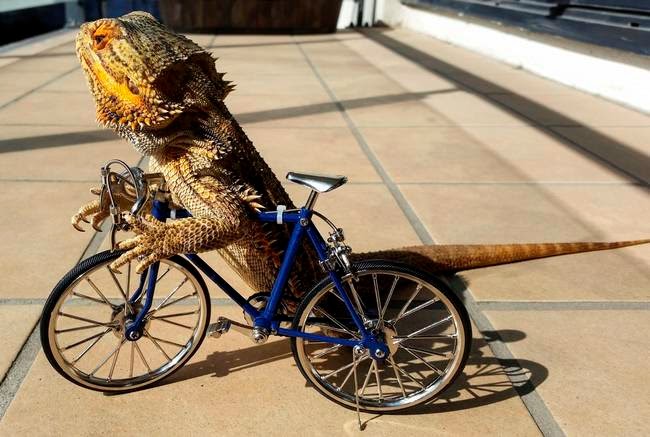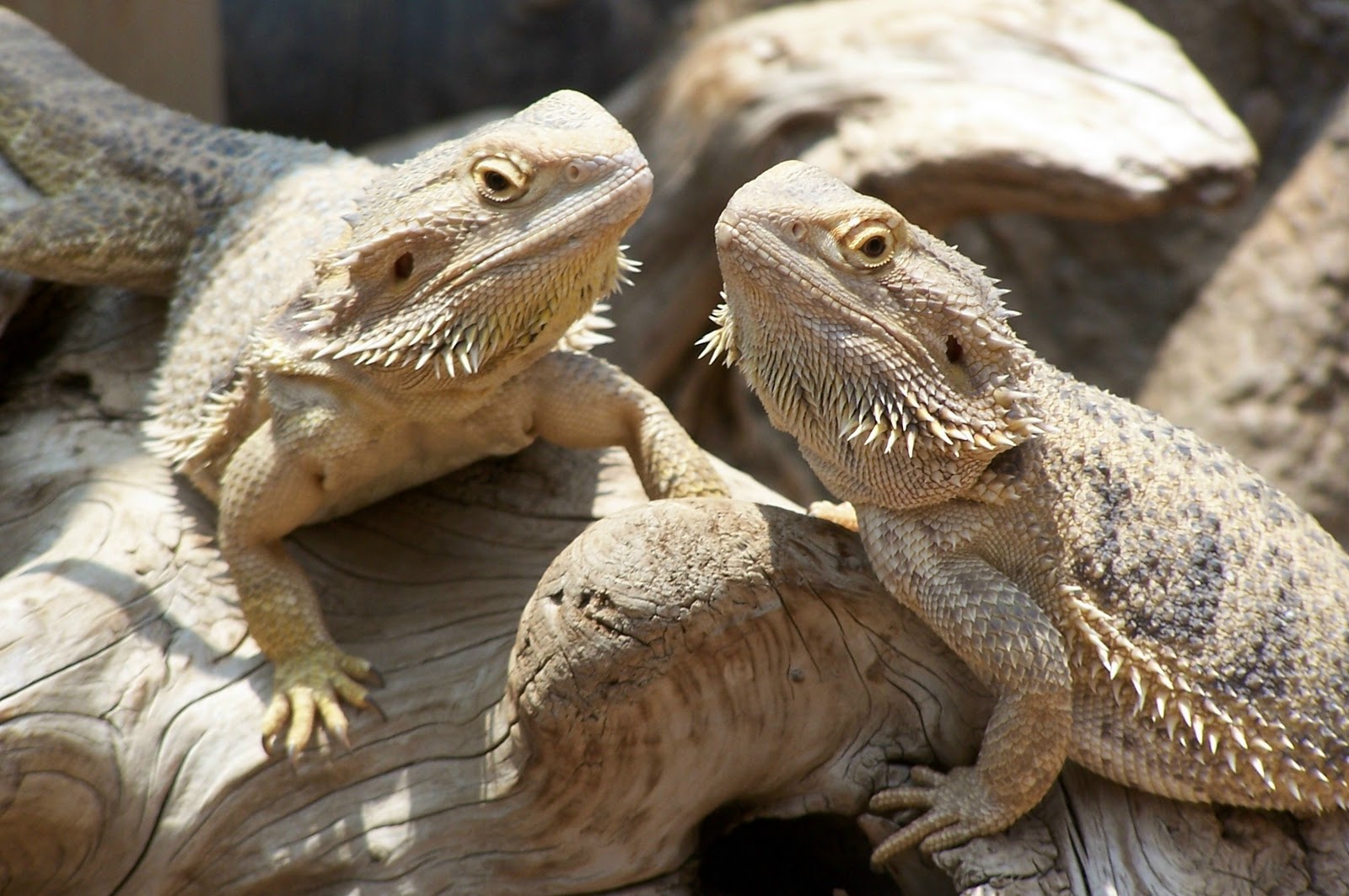The Ultimate Guide to Bearded Dragon Care: A Beginner's Guide to Owning a Bearded Dragon from Petland
Everything You Need to Know About Owning a Bearded Dragon from Petland

Are you thinking about getting a bearded dragon from Petland? If so, congratulations on your decision! Bearded dragons are fascinating reptiles that make great pets for beginners and experienced reptile owners alike. However, before you bring your new bearded dragon home, it’s important to understand the care and maintenance that goes into owning one.
Choosing the Right Bearded Dragon from Petland
The first step in owning a bearded dragon from Petland is choosing the right one. Petland typically carries a variety of bearded dragon morphs, including red, citrus, and leatherback. When choosing a bearded dragon, look for one that is alert and active. Avoid any dragons that look lethargic or have sunken eyes, as these can be signs of an underlying health problem.
Setting Up Your Bearded Dragon’s Habitat
Once you’ve chosen your bearded dragon from Petland, it’s time to set up its habitat. Bearded dragons require a large enclosure with plenty of climbing and basking spots. A 40-gallon tank is usually sufficient for one bearded dragon, but larger tanks may be required for multiple dragons.

When setting up your bearded dragon’s enclosure, start with a substrate that is easy to clean, such as newspaper or reptile carpet. The enclosure should also have a heat source, such as a basking lamp or ceramic heat emitter, and a UVB light to help your dragon produce vitamin D3. Finally, provide plenty of hiding places and climbing structures, such as branches and rocks.
Feeding Your Bearded Dragon
Bearded dragons are omnivores that eat a variety of insects, vegetables, and fruits. When feeding your bearded dragon from Petland, make sure to provide a balanced diet that includes a variety of food items. Good insect options include crickets, mealworms, and dubia roaches, while vegetables like collard greens and butternut squash are great sources of nutrition. Avoid feeding your dragon any insects caught in the wild, as they may contain harmful pesticides.
Handling Your Bearded Dragon
Bearded dragons are generally docile pets that can be easily handled. However, it’s important to handle your dragon with care to avoid injuring it. When picking up your bearded dragon, scoop it up from underneath, supporting its body with your hands. Avoid grabbing it by the tail or limbs, as this can cause stress or injury.

Common Health Problems
Bearded dragons from Petland are generally healthy if they are well-cared for. However, some common health problems to watch out for include metabolic bone disease, respiratory infections, and parasites. Signs of a health problem may include lethargy, loss of appetite, open mouth breathing, or visible parasites on the skin or in the stool.
Finding a Vet for Your Bearded Dragon
Bearded dragons from Petland can benefit from regular check-ups with a reptile veterinarian. When choosing a vet, look for one that specializes in reptiles and has experience treating bearded dragons. If you’re not sure where to find a reptile vet in your area, ask the staff at Petland for recommendations.
Conclusion
Owning a bearded dragon from Petland can be a rewarding experience for both you and your new pet. With proper care and maintenance, your bearded dragon can live a long and healthy life. Remember to choose the right dragon, set up a suitable habitat, provide a balanced diet, handle your dragon with care, look out for potential health problems, and find a reptile vet for regular check-ups. If you’re ready to start your journey as a bearded dragon owner, head to Petland and find the perfect dragon for you!

